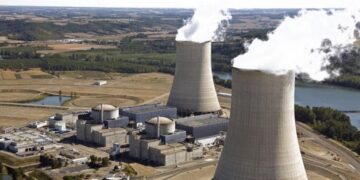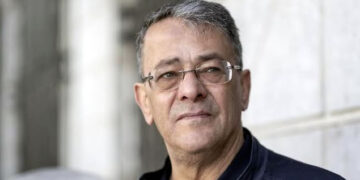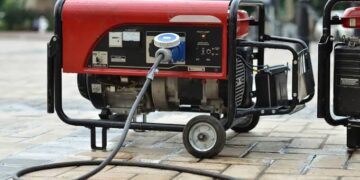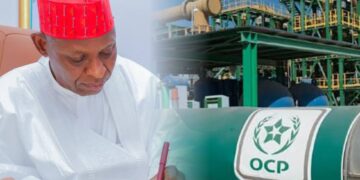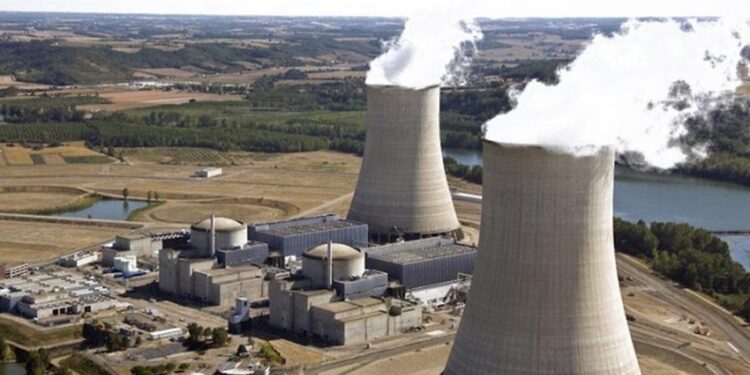By John Ikani
More than 25,000 residents from over ten villages in Buyende District are set to be relocated as Uganda initiates its much-anticipated nuclear plant project.
The villages, including Kasaato, Buyanja ‘B’, Buyanja ‘A’, Nawansaso, Butayunjwa, Kabalongo, Kiiga, Kyankoole, Kibaale, and Nakawa, all situated within Buyanja Sub-County, will undergo significant changes.
Solomon Muyita, the communications chief of the Ministry of Energy and Mineral Development, explains that Buyende was chosen as the project’s host out of 20 districts in Uganda after extensive studies that began in 2016.
The studies included a detailed assessment by the International Atomic Energy Agency (IAEA) Integrated Nuclear Infrastructure Review Mission in December 2021 and discussions at the Africa Nuclear Business Platform Conference in March 2023.
“Buyende was chosen because of its central location, low population density, land availability, and access to water sources from Lake Kyoga for the nuclear reactors,” Muyita noted in an interview.
However, concerns have arisen about how the displaced locals will adapt to their new surroundings. Many of them are fishermen and livestock farmers who have spent their lives along the River Nile and Lake Kyoga shoreline. Coping with the new areas presents a significant challenge.
Hope Senkamba, the District councillor representing Buyanja Sub-County and Bukungu Town Council, is worried about the loss of 25,000 voters and the impact on women who manage their households in the absence of their husbands.
Ruth Kawendeke, the female councillor for Buyanja Parish in the Buyanja LC3 Council, expressed concerns that compensation might lead to family disruptions and domestic violence.
Ronald Ssekyanzi, the Kasaato LC1 chairperson, pointed out that compensation should consider not only land and property but also the livelihood and disturbance aspects of the affected residents.
State Minister for Minerals Peter Lokeris, after a meeting with district and local leaders on the project’s land acquisition and resettlement plan, emphasized the need to look beyond compensation.
He stated that nuclear power generation is crucial for achieving Vision 2040 targets and will create jobs and address the challenge of power outages.
The nuclear plant at Kasaato Hill is expected to generate 2,000 jobs and contribute significantly to Uganda’s electricity generation capacity.
Buyende District LC5 chairperson Michael Kanaku urged a focus on either compensation or resettlement for the Project Affected Persons (PAPs).
Uganda aims to begin nuclear energy production by 2031, leveraging its uranium deposits to supplement the current hydro and geothermal power capacity. President Museveni has underlined the importance of this move, emphasizing the potential of nuclear energy in various sectors.
Buyende District anticipates reaping benefits from the project, such as improved transportation systems, a consistent power supply, and a hospital to address potential nuclear side effects.
